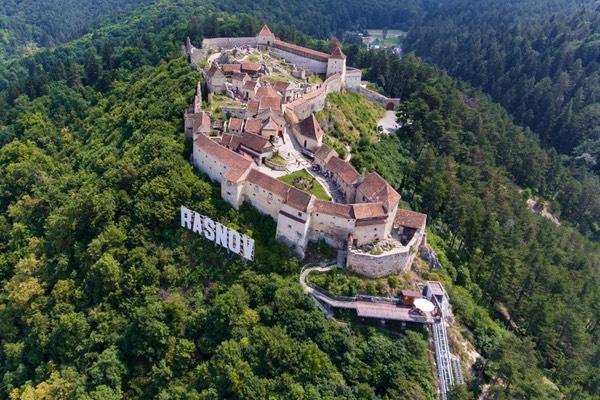Seven Ladders Canyon is formed by the passageway of the Timis Valley crossing the central part of the Postăvaru and Piatra Mare mountains. Ezio Resort touristic complex is the starting point on the Dambus Morii – Seven Ladders Canyon – Piatra Mare Massif. Seven Ladders Canyon began to be set up for the first time between 1920-1930. Then the first stairs were installed to make the access to the gorge easier. At the beginning of the 70’s, the stairs and several staircases were installed, and in 2002 all bridges with some metal were replaced. In 2013, Seven Ladders Canyon was reopened after the entire assembly was completely rehabilitated along with the forest road on the Sipoaia Valley between Dambu Morii and the entrance to the canyon. Imagine seven slope breaks and seven straight waterfalls and you will have the image of the Piatra Mare Seven Ladders Canyon. It will be hard to see, however, with the eyes of the mind the beauty of the landscape, which can not be expressed in words.
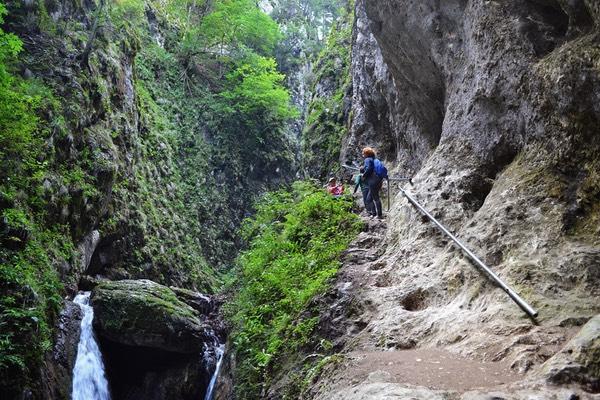
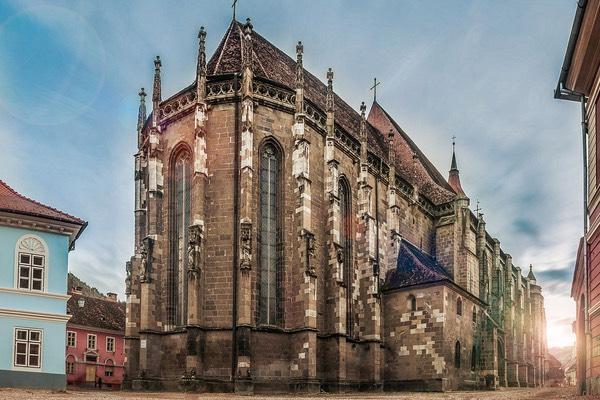
Black Church, Brașov
The imposing monument in the center of Brasov was built in the 14th – 15th centuries. The works begin in 1383 and are based on a gothic-style project of impressive size: 89m in length, 38m in width and 42m in height. In the initial plan there were two towers, but only one was built, with a height of 65 m. In 1421, when the works were nearing the end, the Turks rushed to cause serious damage to the construction. After the danger, the work was resumed, the edifice was finished and consecrated in 1477, and the tower in 1514. In 1542, when the city accepted the reform of Honterus, and the Saxons went to Lutheranism, the Catholic Church had since become evangelical. Besides the short chronicle of Transylvania in the years 1143-1571, the figure and the long list of donors made possible the construction of the church. Unfortunately the inscriptions disappeared in the fire in 1689, after which the edifice became known as the “Black Church”. The Church boasts the largest and unique functional Buchholz organ in south-eastern Europe, with 3,993 tubes and 76 registers, which gives unforgettable moments to music lovers.
Council Square, Brașov
Since 1520, this landmark, named Markplatz, has been the host of many fairs. From 1364 the annual fair was held with wide participation, where merchants came from abroad. The beautiful arcade houses around the market could tell a lot. In the market sometime there was the Pillar of Infamy, where the witches were judged and publicly punished. Here, in 1688, Stephen Stener, head of the shoemaker’s guild, was beheaded, who resisted the arrival of Austrians in the city. Until 1892 there were two fountains in the market. The most imposing building is the Council House, located in the heart of the square, built in 1420. The former town hall, today houses the Museum of History. The first pharmacy of the city functioned in the 16th Square building.
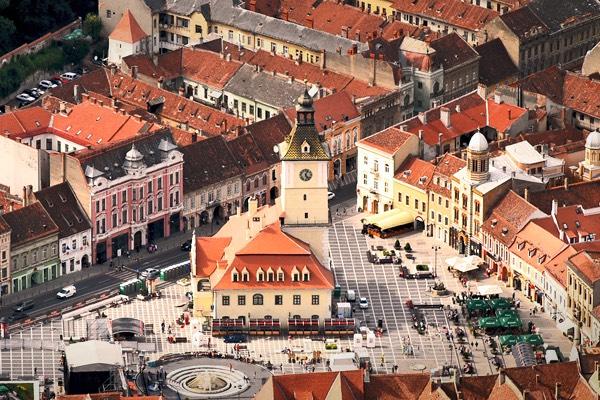
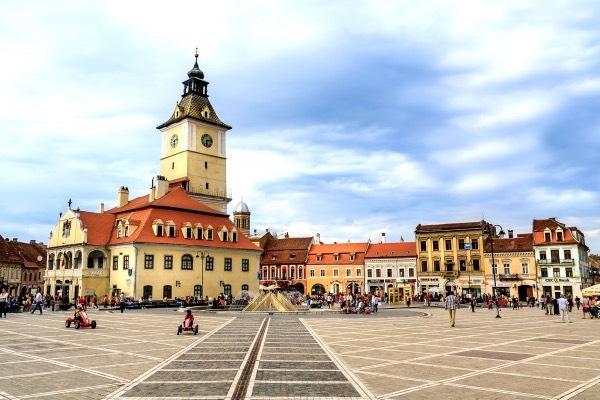
Council House, Brașov
The Council House, the old town hall of the city, represents the most important lay monument of Brasov. On December 23, 1420, the Ţara Bârsei Assembly issued a document stipulating that the representatives of Braşov furriers, allowed the “Province of Ţara Bârsei” to build a room above the vault for “giving justice” and for magistrates’ meetings (town councils). By a decision of the city’s representation on November 26, 1902, the building was to be demolished, but after the protests of the local community, the decision was withdrawn in 1903. Between 1909 and 1910, the pyramid-shaped roof with colored tiles in black and yellow, roof unchanged until the present. In 1950, the old town hall became a museum, a destination unchanged until today. Nowadays, in the Council House there is a permanent exhibition of the Historical Museum in Brasov and a temporary exhibition hall.
The Black Tower, Brașov
The Black Tower is the 11-meter high tower, which received a glass roof in 1995. Built in the 14th century, the tower had to face two fires caused by lightning. Today, after the renovation, the tower is white. In the tower it was possible to enter a gate located at a height of 2 meters, and the connection to the fortress of Brasov was maintained by a mobile bridge and by an underground tunnel. The role of the square-shaped tower was to prevent the enemy from approaching the walls of the city, provided with two draw-irons on each side. Today, the interior of the Black Tower is allocated to a pavilion exhibition of the Brasov County Historical Museum, an exhibition that hosts artefacts designed by craftsmen from the guilds of bricklayers, tiners or armies of the medieval period of Braşov. The interior of the tower, featuring three-story galleries, shelters a temporary exhibition point. It can not be missed even at night, because the light sources at the base of the tower turn the building into a nocturnal attraction to Braşov. The mobile bridge, as an access road, has disappeared for a while, and now it can be reached here by a road behind the Walls that leads exactly to the Black Tower.
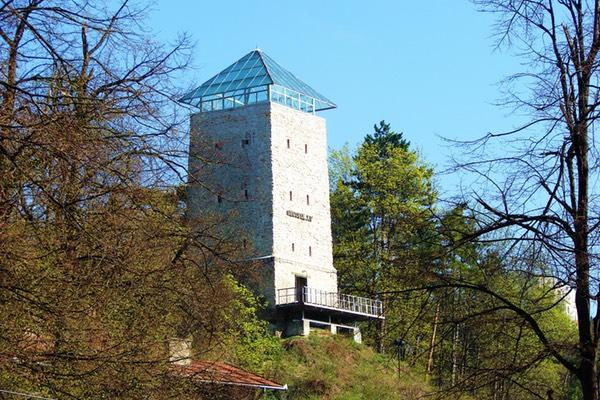
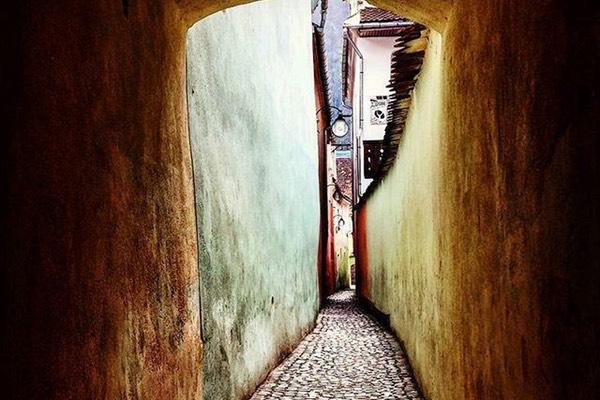
Sforii Street, Brașov
The narrow street between Cerbului street and Schei Gate, whose existence is attested in the documents of the seventeenth century, was a simple corridor to help the firemen’s work. Today is a curiosity of the city. The most courageous claim to be the narrowest street in Europe. The fact is that the width, varying between 111 and 135 cm, gives it the title of the narrowest street of the city. The 80-meter street is traveled by all the tourists who arrive in the city, it is the meeting place for the lovers and, last but not least, a provocative theme for the photographers.
Bartolomeu Church, Brașov
Bartolomeu Church is the oldest building in the city. It was built in the 13th century and was also known as the Church of the Three Orphans, who, according to legend, left everything they had to the church and were buried under the altar. The three-nave building with massive walls with counter-arms, surrounded by a defense wall, resisted both the numerous Turkish invasions and the great fire of 1689, and the devastation of the troops of Vlad the Impaler (1458) and Gabriel Bathori (1611). The church tower was rebuilt and raised one floor in 1842 after it collapsed as a result of the earthquake of 1822. The altar of the church dates back to 1791. For more than 500 years on the last Sunday before the 24th August (St. Bartolomeu) takes place at St. Bartolomeu Day pilgrimage as a regional celebration where the Saxon communities in the Barsa country meet. The festive mass is followed by folk dances and folk songs accompanied by fanfare. In 2003, an ethnographic museum with over 1500 objects, donated by emigrants, exhibiting a typical Saxon household with tissues, furniture, Saxon port, carpentry, bakery, etc. was opened in the church.
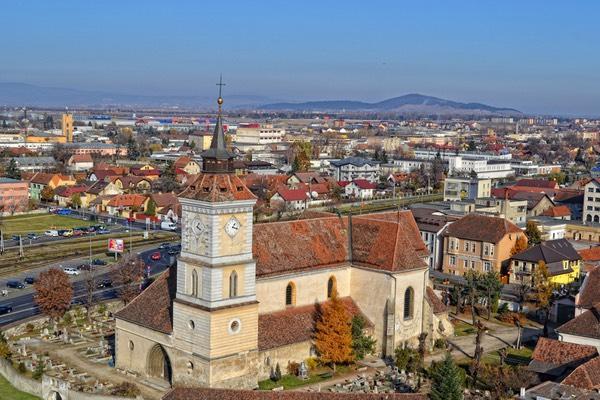
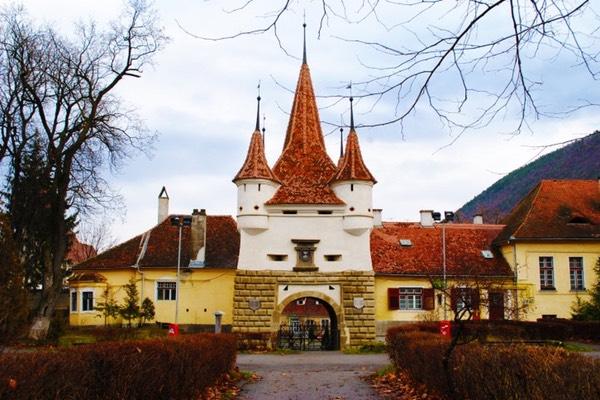
Catherine’s Gate, Brașov
The Catherine Gate is one of the oldest but surely the most beautiful gate, which has retained its original appearance until today. It was called the porta superior, the porta corpus Christi or porta sanctae Katharinae, the last name is still used. It is right next to the Schei Gate, and for centuries it has been the only gate that pierced the western walls of the city. The four-headed square building, as a sign of the jurisdiction, was provided with a chain bridge to secure the passage over water, and inside there were wooden galleries placed on several rows for defenders. Above the entrance appears 1540, but it seems to have been built in 1559, after some views even rebuilt instead of an older one – the Holy Ghost Gate – attested in 1522 and built in 1828. The Catherine Gate suffered from the fires of 1689 and 1759 and was cracked in the earthquake of 1738. After the opening of the gates of the Horses Fair (1820) and Schei (1828), the Catherine Gate was built and used as a warehouse until 1955. Between 1971-1973 it was restored to its current appearance. Above the entrance is the city’s coat of arms, and near the gate, part of the old city wall.
The Palace of Justice, Brașov
In 1900, the President of the Royal Court, Mr. Georg von Weer made a request to the Braşov community to assign a land of 9450 sqm to build the Palace of Justice. The application has been approved, the city has charged a tax on the condition that all existing and subsequently built buildings are handed over free of charge to the public in Braşov. It has been decided to build the Palace of Justice, the penitentiary, and some workshops for prisoners. The works were finished in 1902 in the style of French eclecticism. Today, here is the Prefecture and the County Council, as well as several institutions.
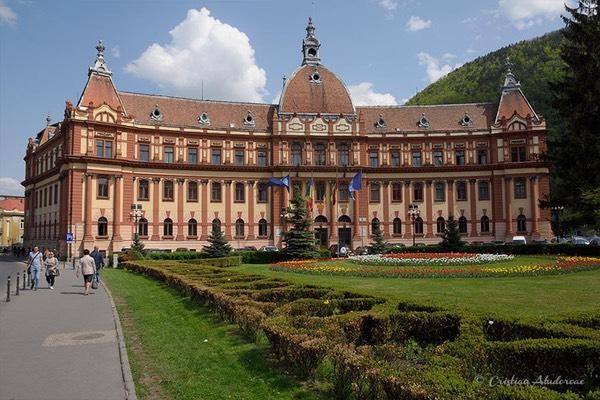
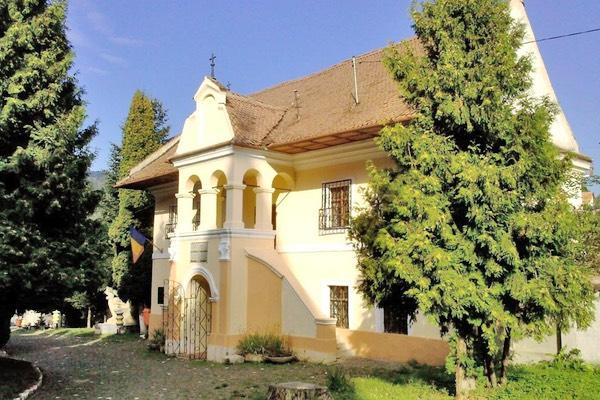
First Romanian School, Brașov
In 1495, the First Romanian School opened its doors, in which only the chosen one of the town came, in order to learn all that it needed to become the teacher, the notary or the priest of the village. Who came to school brought a wheat bucket, a wood carriage, and four florins, and studied grammars, Byzantine teachings, the Bible, and the sixteenth-century philosophy. There was also philosophical teachings, so that the one who came to the First Romanian School learned the quotations from Aristotle, Democritus and other famous philosophers. Thanks to the contribution of Coresi Deacon, the first Romanian books appeared in the First Romanian School. The printing press and the 9 Coresian copies are kept in the school’s museum. Also in this place can be admired books sewn in silver, documents from the time of Stephen the Great and a charter from 1656.
Bran Castle, Brașov
On the top of a cliff we meet the silhouette of one of the most famous fortifications in the world. The Castle of Bran, or, as the amateurs of sensation like, Dracula’s Castle, built here more than 600 years ago, keeps and conveys to the visitor something of the pride of the knights who have crossed the threshold in their times. Bran Castle is located less than 30 km from Brasov, built on a cliff, in a strategically key location. It is home to the Bran Museum, a museum that stretches across the four floors of the castle. Here are exhibited collections of ceramics, furniture, weapons and armor, and in the courtyard of the castle there is a small museum of the village, with traditional houses from the region of Rucar-Bran. Although entered in the circuit and tourist folk as Dracula’s Castle, it seems that Vlad the Impaler never lived in the castle. However, the legend seems to be stronger than the reality.
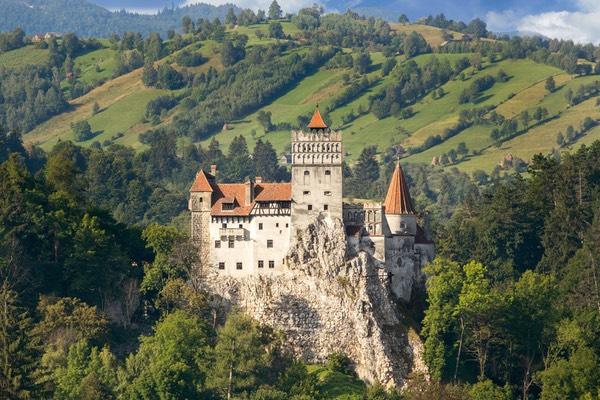
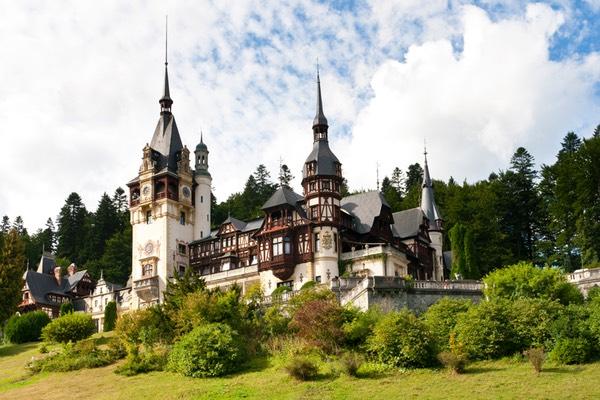
Castelul Peleș, Sinaia
The castle of Peleș Valley was the summer residence of the kings of Romania, built during the time of King Carol I of Romania (1866 – 1914) and became one of the most important monuments of 19th century Europe. Having its own power plant Peles was the first electrified castle in Europe. By facilities after 1900, the residence was elevated with one floor, and also the main tower. In its final form, the 3200 m² building has 160 rooms and over 30 bathrooms. In its 160 rooms, the castle housed one of Europe’s most important collections of paintings and a rich collection of weapons with over 4,000 European and Oriental pieces from the 14th-17th centuries. After King Mihai’s abdication in 1947, Peleş Castle entered the tourist circuit.
Râşnov Fortress, Brașov
One of the most impressive and well-preserved fortresses in Transylvania is the Rasnov Fortress. Located in the county of Brasov, 30 km away from the county seat, this attracts numerous tourists, both Romanian and foreign. Next to medieval fortresses such as Corvin Castle, Bran Castle, Fagaras Fortress, etc. Rasnov Fortress is a tourist attraction that attracts interest, brings back the medieval air of the past and houses the lovers of history and heritage, but not only. Located in the city with the same name, the Rasnov Fortress is the fortification that attracts many tourists today due to the surface and the architectural style, but the settlement between Poiana Braşov and Piatra Craiului mountains provides testimonies about events spent hundreds of years ago. The first mention of the fortress dates from 1335 on the occasion of a new invasion of the Tartars when the Barsa Land was once again deserted, besides the fortress on Tampa and the fortress of Rasnov that could not be conquered. Inside the fortress tourists can visit the feudal art museum where arms, weapons, galleries, vintage furnishings, specific harbors are exhibited, but also some more unusual objects for our time but common in the 17th and 18th centuries , such as: a torture mask and a yoke for transporting prisoners.
